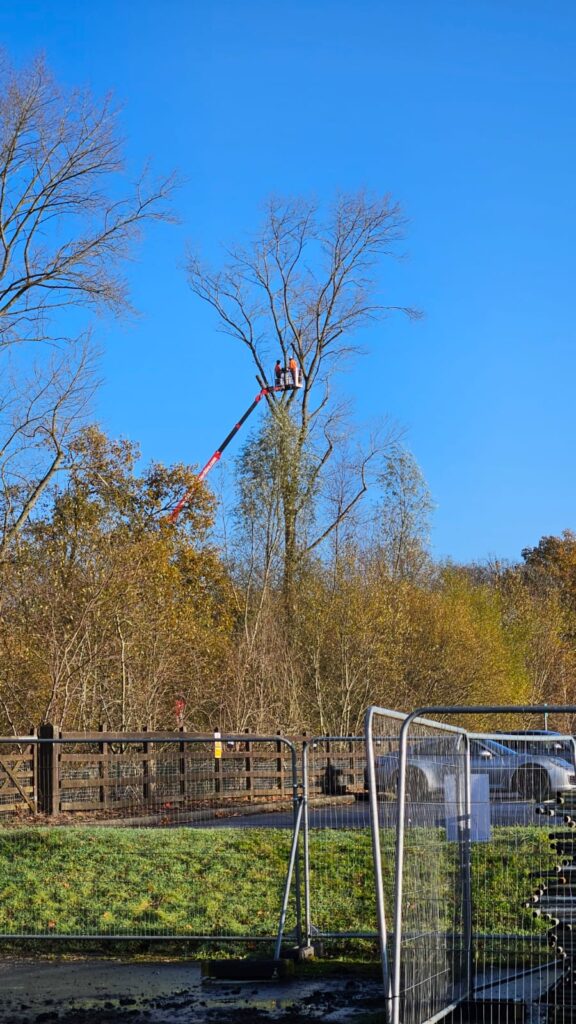We thought we’d give you a flavour of what’s involved – and perhaps liken it in a way to an “Ofsted for Arborists”!
There are pages of reading if you are interested, but the essence of the inspection is as follows.
The ArbAC (Approved Contractor) Scheme sets a standard that is achievable by all good tree work contractors and is broken down into four modules as follows:
- Worksite Audit
- Work Quality Inspections and Arboricultural Knowledge
- Customer Care and Office Procedures etc.
- Health & Safety Management and Workplace Inspection etc
So typically, the inspection could follow this pattern:
Before the inspection takes place, we must submit all the paperwork, all our policies, eg H&S, Environmental, Bio Security, and all our procedures.
On the day, which starts at 8 and lasts all day, the inspection starts in the yard, observing how we store our fuel and chemicals, how we keep our equipment and machinery, examine certificates and licences for waste disposal, our vehicle records, our vehicles, and things like our fire extinguishers and first aid boxes and whether they are in date. Also, our machinery and our own internal inspection logs for items such as the chain saw maintenance and use.
We then go out on site where the work must demonstrate a lowering operation using the rigging equipment. The inspectors quiz the team on site, observe, see how the team interacts and makes best and productive use of the space and how the site is set out, cross-referencing to the risk assessment done for the site. And if, for example, we needed to set up the portable refuelling station, the inspectors see where it has been sited, ensure the spill mat is used and then put away properly, and then that the whole site is cleared up.
The next part of the assessment is to visit a job to examine work previously undertaken, to see perhaps examples of reduction/thinning, looking at before shots and examining the cuts/ the angles of cuts, the percentages of crown reduced, why reduced etc.
Then back to the yard for further examination of paperwork/procedures and processes and a debrief. We have of course to show all the training undertaken for all staff for example first aid/chain saw use and maintenance/felling small trees/climbing using rope and harness, large tree rigging, and dealing with multiple windblown sites.
See too our Accreditation page on our website for details of our ISO and other accreditations.




























